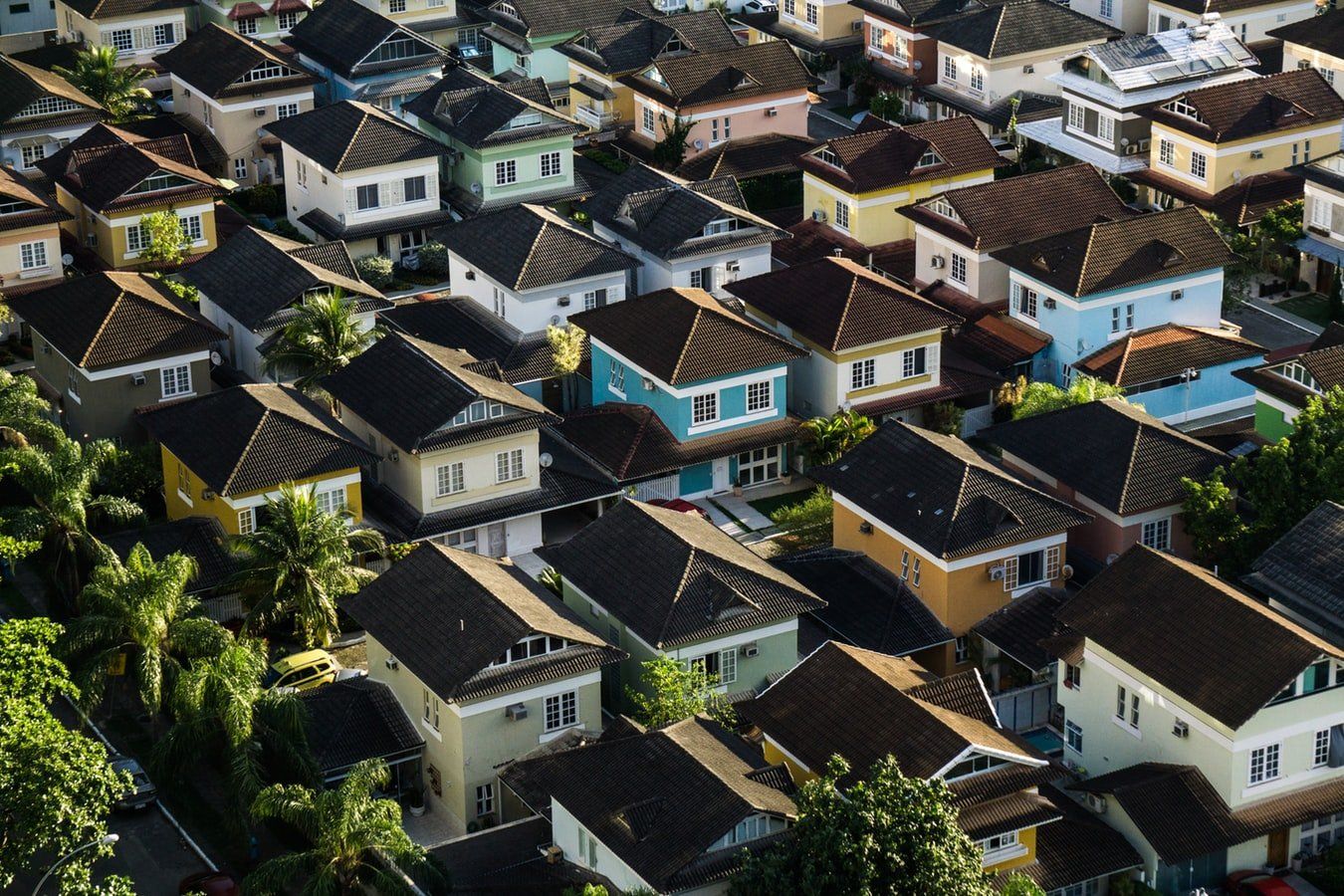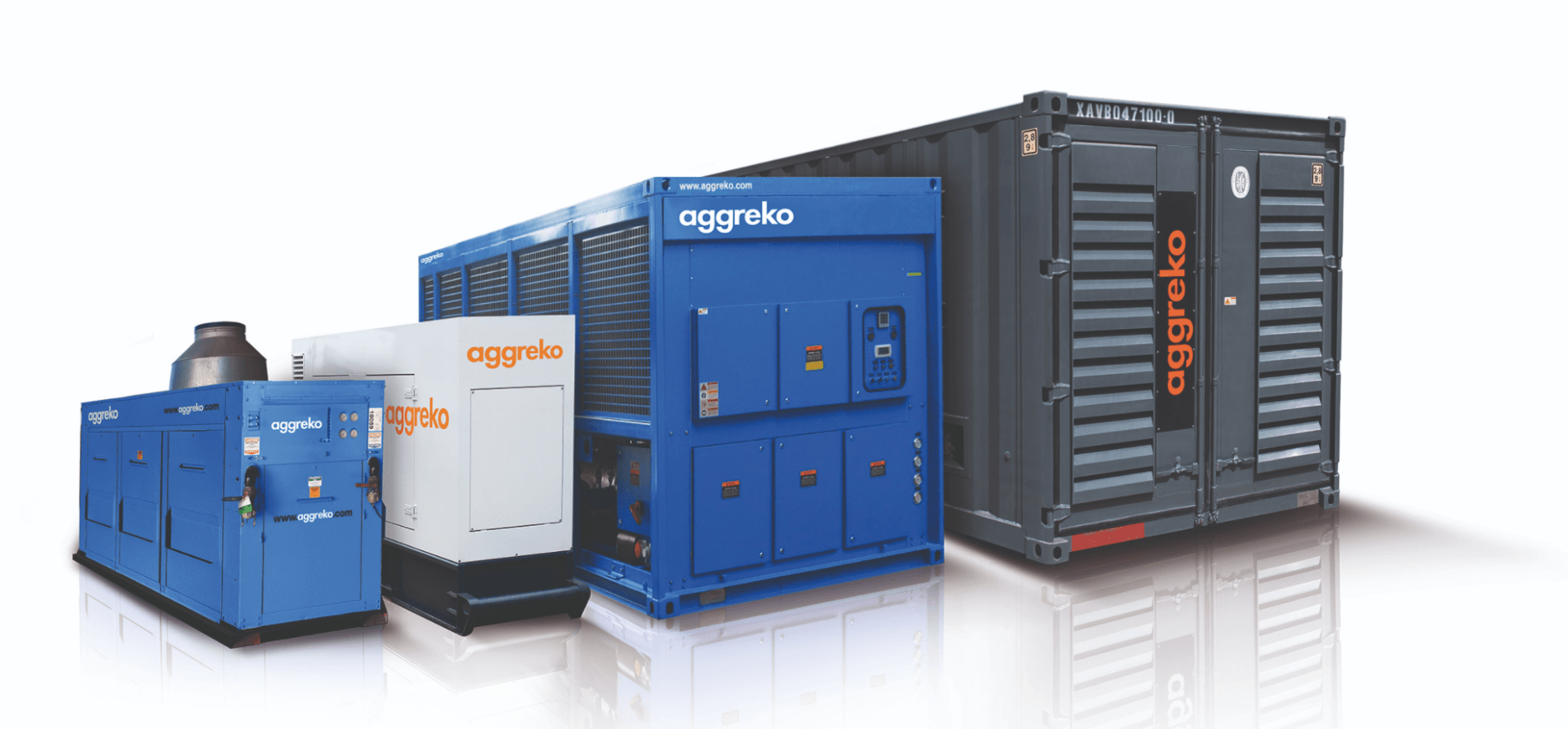Understanding The FTSE
The FTSE 100 and FTSE 250; what are they, where did they come from and why do they matter?
Hi investors / soon-to-be investors,
For this blog post, I thought it would be good to continue on the theme of 'Understanding the [ insert market phase here ]'. We know that the information and media surrounding the stock market can often leave people feeling confused, what with all the buzz words and acronyms flying around.
We are here to provide you with a clearer understanding of how the market works, so that you can feel comfortable in getting your hard-earned cash working for you.
This week's topic:
The FTSE 100 and FTSE 250 ; what are they, where did they come from and why do they matter?
In order to determine the performance of a company's share price or an individual's share portfolio (the collection of shares an investor has), you must be able to measure its performance. This performance can be judged in relation to standardised market metrics, also known as 'Market Indices'.
A market index provides an investor context when reviewing the company he or she has invested in.
For example, if you have invested in 'Company X' and the share price falls by 3% over the course of a day, you would want to know whether this fall was an isolated incident for 'Company X', or whether a similar fall in share price was observed across the market.
In 1984, the Financial Times ( FT ) agreed with the London Stock Exchange (L SE ) that the UK stock market needed a formalised set of market indices to help investors review their investments against 'market yardsticks'. This resulted in the birth of the FTSE (pronounced 'Footsie').
The two indices which are used most often to measure performance are the FTSE 100 and FTSE 250 .
FTSE 100
The basis of this index is the 100 largest and most valuable companies whose shares are listed on the LSE. The companies are all ranked in order of their market capitalisation (the market value of the company's outstanding shares, or share price multiplied by the number of outstanding shares). The FTSE 100 is often quoted as making up around 80% of the total market capitalisation of the LSE's main market.
The full list of companies that currently make up the FTSE 100 can be found here.
This list is reviewed quarterly, with some of the smaller companies (often ranked in 98th, 99th and 100th place) being replaced by companies from outside of the FTSE 100 . This is where the second market index comes in.
FTSE 250
As you may have guessed from the previous section, this index includes the 250 largest and most valuable companies outside of the FTSE 100 (positions 101st to 350th). The FTSE 250 represents around 15% of the total market capitalisation of the LSE's main market.
The full list of companies which currently make up the FTSE 250 can be found here.
To put these two indices into context, we can make a simple comparison to football (bear with me non-sports fans!).
In the UK, there are more than 7,000 football teams who play every week. Generally speaking, they are all ranked within their leagues depending on their performance and pedigree.
The largest, and most well-established teams play in the Premier League ( FTSE 100 ). The teams which are not quite good enough to belong in this elite group (though, still playing at an incredibly high standard) play in the Championship ( FTSE 250 ).
Every season, some teams are relegated from the Premier League and some teams are promoted from the Championship. This is similar to how companies can move from one market index to another.
Other Important Global Market Indices
Many stock market indices are calculated worldwide, and used to measure company share performance. Some of the main benchmarks can be found below, along with their country.
| Index |
Country |
| Dow Jones Industrial Average |
United States |
| NASDAQ 100 |
United States |
| S&P 500 |
United States |
| Xetra DAX |
Germany |
| CAC 40 |
France |
| Hang Seng |
Hong Kong |
| Nikkei 225 |
Japan |
| Shanghai A |
China |
| BSE Sensex |
India |
| Bovespa |
Brazil |
Our Monthly Stock Picks vs. the FTSE 100
Of our nine monthly stock picks selected so far in 2018, eight of the companies are currently listed in either the FTSE 100 (six) or the FTSE 250 (two).
In order to determine the performance of our monthly stock pick portfolio, we measure our monthly stock picks against the FTSE 100 which is displayed on 'The Graph'.
We'll select our October stock pick on the 1st October. If you're interested in finding out which company we'll be backing, sign up to our monthly stock picks now.
In summary, the FTSE indices are important for benchmarking your own portfolio performance. Remember, you can only manage what you can measure.
Happy investing!
Matt











